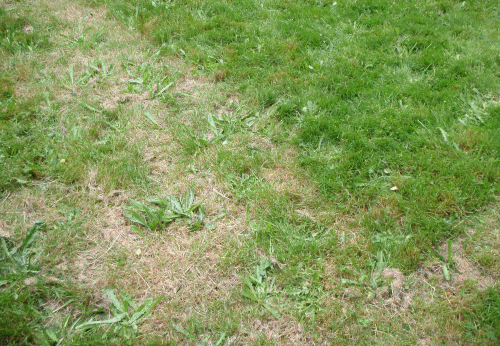Hi Colin
try showing him these:
John Lius Green Gold Documentary (English).mp4
http://youtu.be/J3WisjXYik4
John D. Liu - Part 1 - International
Permaculture Day
http://youtu.be/mXJPpo01jOc
John D. Liu - Part 2 - International
Permaculture Day
http://youtu.be/oD7Nhy-CCTA
The world is closer to a food crisis than most people realise
Unless we move quickly to adopt new population,
energy, and water policies, the goal of eradicating hunger will remain just that
http://www.guardian.co.uk/environment/2012/jul/24/world-food-crisis-closer?intcmp=122
Dambisa Moyo: 'The world will be drawn into a war for resources'
The controversial writer and economist on why she believes the economic rise of China, combined with the west's complacency, leaves us facing a future of terrifying global instability
http://www.guardian.co.uk/global-development/2012/jun/24/natural-resources-and-development-china
The Resource Shortage Is Real
It's the rule of supply and demand: we simply don't have
enough
Read more:
http://ideas.time.com/2012/06/08/the-resource-shortage-is-real/#ixzz21YRcGoq1
The reason I wanted to have you speak to John Liu is due to his effectiveness in communicating this message and the manner in which he's expressed the need to act. His expertise is in media. There are plenty of opportunities here to create something innovative and potentially enormous, economically speaking. But we require the help of someone who understands how the financial and economic mechanisms work in order to pitch this correctly - which describes YOU.
John addresses the critical issue that must be confronted in establishing what I'd like to think of as the 2nd Industrial Revolution - only this time, the infrastructure is ECOLOGICAL - not industrial:
Functional Ecosystems as the Engine of the Green Economy
John D. Liu, Senior Research Fellow, IUCN, Director, Environmental Education Media
Project (EEMP)
http://www.stakeholderforum.org/sf/outreach/index.php/inf2day1home/90-day-2/738-inf2day2item4
Quoting the piece:
"We know that the Earth’s naturally functioning ecosystems are the basis of life on Earth, providing air, water, soil fertility, raw materials and energy. It is also clear that the global economy does not recognise that the production and consumption of all goods and services depends entirely on the ongoing functionality of these ecosystems, and, as a result, fails to value it correctly.
From the study of natural ecosystems comes an economic
answer that goes to the fundamental question of ‘what is wealth?’. Although everything that is produced and consumed comes from the bounty of the Earth, according to current economic thinking, the value of ecological function is zero. We now calculate the economy and money as the sum total of production and consumption of goods and services. By valuing products and services without recognising the ecological function from which they are derived, we have created a perverse incentive to degrade the Earth’s ecosystems.
Functional ecosystems can be shown to be more valuable than production and consumption. A pathway to
sustainability appears if, instead of the economy being based on production and consumption of goods and services, it were based on ecosystem function. This would mean a fundamental transformation of human society. This development trajectory can be seen to address all of our most pressing problems. In an economy based on ecological function it would be economically disastrous to pollute. A functional economy would mean that conservation is not considered an expensive luxury, but the way to preserve wealth. It would also mean that restoration of degraded lands would be recognised as a means to increase wealth. Sequestering
carbon would be a matter of course rather than an afterthought. A functional ecosystem-based economy would be much more fairly distributed, because those responsible for maintaining that function – currently those who suffer worst from the degradation inflicted by consumer capitalism – would be compensated for restoring and maintaining ecosystem functions."
John has some interesting data lending credence to this idea. Rwanda, for example, has made changes to its national economy, orienting it more towards an ecosystem function-based arrangement, rather that one built on the production and consumption of good & services. They've achieved 8% economic growth in the middle of a global recession as a result.
We need find a way to take the above and make it ACTIONABLE. ASAP.
The most likely interested parties that come to mind would of course be any holder of land based capital: nation states/governments would seem to top that list.
The "products" most needed to do the work would seem to be the most likely immediate candidates for investment opportunities, partnerships, sponsorships, etc. These would include manufacturers/producers of the following pieces of equipment:
Hydroseeders/Hydromulchers
Chippers/Shredders/Mulchers - Arboreal equipment/tools
Agricultural implements (like subsoilers, Yeomans Plows)
Tractors
Rubber tracks (
http://www.soucy-track.com/en-CA/home)
Earthmoving equipment (i.e. - excavators, bulldozers)
Trucks (i.e. - UNIMOGS from Mercedes Benz)
Compost turners
Cheers
Geoff Lawton
Check out www.permaculture.org.au/permies














 1
1













 2
2














